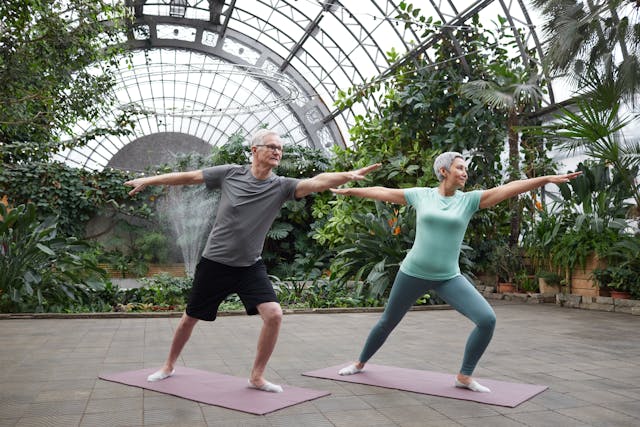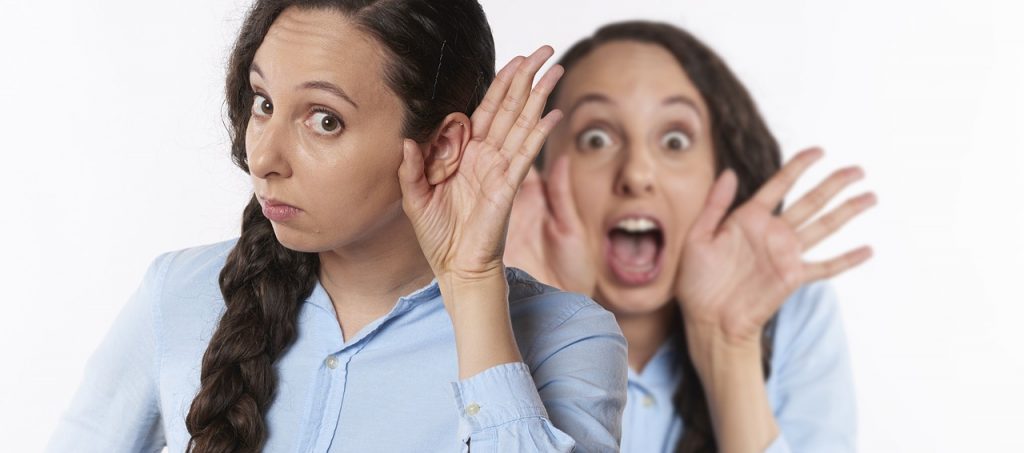Before streaming, music was enjoyed through speakers or record players. During the 1970s, the boombox provided loud music that made people turn heads. In 1978, Sony introduced the Sony Walkman, a portable music player made for the masses.
Years later, Apple gave the world the iPod, a device capable of storing more songs in a portable manner. Because of these portable devices, music shifted from the social bonding experience to a private one. What makes this sound more interesting? Headphones.
Headphones allow us to listen to music in private, at the cost of a significant health concern!
A Private World
Today, you’ll see headphones everywhere. They’re in schools, offices, and in other public spaces you can imagine. Portable music players brought headphones to the masses, but headphones have been around long before that. Headphones were made for the same purpose they’re used today: listening in private.
The first headphone existed during the first World War, much to the amazement of the military. Since then, people started appreciating the beauty of private listening. It wasn’t only the music they were enjoying, but the isolation headphones gave.
When we see people with headphones on, it’s an automatic message to everyone around them. It’s either they can’t hear you because of the music, or they don’t want to be disturbed. Headphones give people control over their surroundings, and this means they aren’t influenced by the noisy background noise heard outside.
Another reason why headphones are popular is because of the personal experience they bring. You can listen to anything without people judging your preferences. Back in the day, people herd everything coming out of players and speakers; headphones give people the gift of privacy.
The Drawbacks of Privacy

There is a well-known relationship between headphone use and our capacity to hear appropriately. Before understanding this relationship, recognize first what causes hearing loss. We lose our ability to hear with the prolonged exposure of loud sounds.
These sounds are from the loud concerts you attend, and yes, music from your headphones. Everyday noise coming from approaching trains or cars produce 100 decibels of noise. Hearing loss is possible after exposure to these noises for 15 minutes.
The loudest volume in music devices produces 105 to 110 decibels of noise. In less than 5 minutes, you can already risk hearing loss from music players or rock concerts. Hearing loss can be momentary or permanent. What this means is that after attending a concert, you may have difficulty hearing softer sounds.
After a few days or hours, your sense of hearing should return to normal. If you’re exposed to loud noises with no breaks, you risk losing your hearing for good. Check your hearing levels with the help of ENT doctors in Denver.
Seeking help from professionals is always a good idea if you feel your hearing isn’t balanced or weak. To enjoy your headphones, be sure to listen to music in safe volumes where you’re still aware of environmental cues.
You may be tempted to listen to higher volumes because of outside noise; this will still affect your hearing, as the sounds you’re hearing may be louder than you perceive them to be.
The invention of portable players and headphones are beneficial, but to enjoy them longer, you should be aware of the risks posed by loud noises. Give your ears an easier time by turning down the volume, and this makes you enjoy music longer for more years to come.







